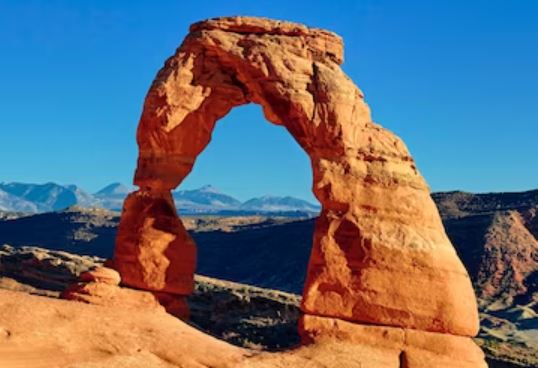
Natural monuments are some of the most fascinating and awe-inspiring wonders of the natural world. These are geological formations, habitats, or landscapes that are of exceptional natural value, beauty, or significance. They are often unique, rare, or outstanding examples of the natural world that have been shaped by geological, biological, or ecological processes over millions of years.
What defines a natural monument?
A natural monument is a natural site or feature that is of outstanding cultural, historical, scientific or ecological importance. Such sites or features are often unique, rare, or outstanding examples of natural phenomena, and have been shaped by geological, biological, or ecological processes over millions of years. Natural monuments can be found all over the world, from towering mountains and stunning waterfalls to ancient forests and rare plant and animal species.
In order to be designated as a natural monument, a site or feature must meet certain criteria. It must be of exceptional natural value, beauty, or significance, and must be protected and managed for future generations. It must also be accessible to the public, and must have educational, scientific, or recreational value.
Importance of natural monuments
Natural monuments play a crucial role in preserving the natural world and its biodiversity. They are often home to rare and endangered plant and animal species, and provide important habitats for a wide range of wildlife. They also provide important ecosystem services, such as clean air and water, and help to regulate the global climate.
In addition to their ecological importance, natural monuments are also of great cultural and historical significance. They provide a window into the past, and are often associated with important cultural or religious traditions. They also serve as important landmarks and symbols of identity for local communities.
Examples of natural monuments around the world
Natural monuments can be found in all parts of the world, from the highest peaks of the Himalayas to the depths of the oceans. Some of the most famous natural monuments include:
Uluru-Kata Tjuta National Park, Australia
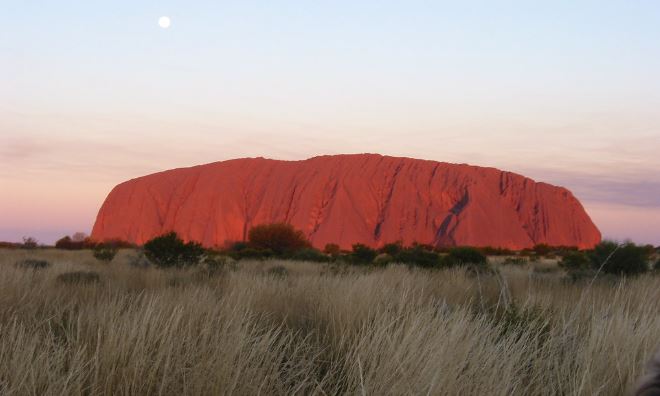
This national park in central Australia is home to Uluru, also known as Ayers Rock, a massive sandstone rock formation that rises 348 meters above the surrounding plain. Uluru is sacred to the Aboriginal people of the region, and is one of the most iconic landmarks in Australia.
Grand Canyon National Park, USA
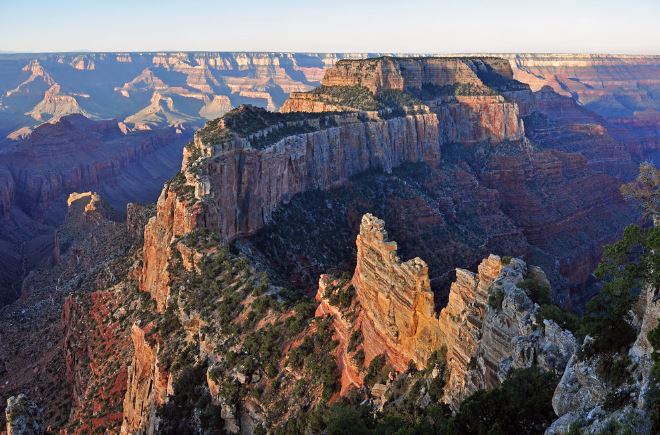
The Grand Canyon is a massive gorge that stretches for 277 miles through northern Arizona. It is one of the most famous natural landmarks in the world, and attracts millions of visitors each year.
Giant’s Causeway, Northern Ireland
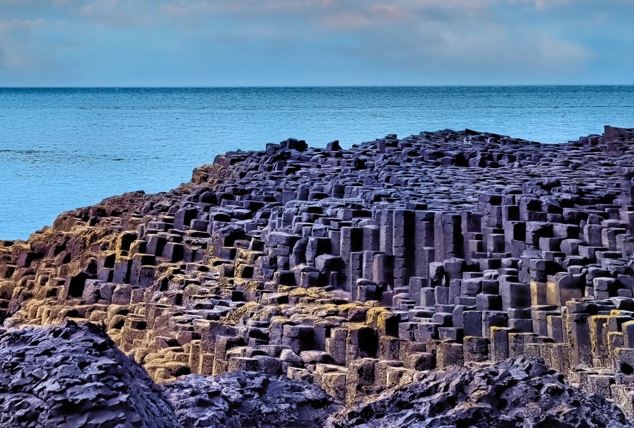
The Giant’s Causeway is a geological formation on the north coast of Northern Ireland that consists of thousands of hexagonal basalt columns. It is a UNESCO World Heritage Site, and is one of the most popular tourist attractions in Northern Ireland.
Mount Everest, Nepal
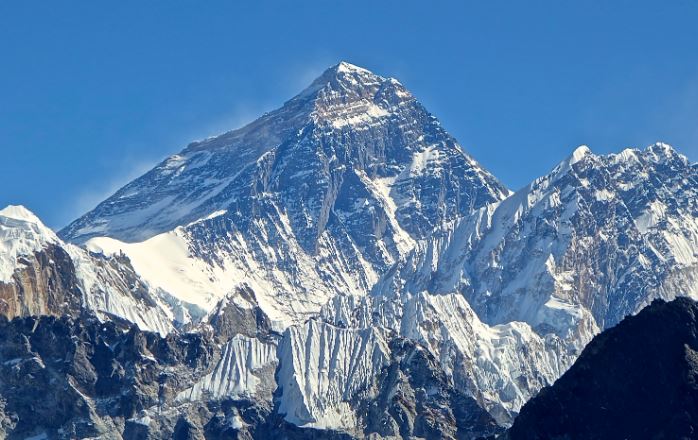
Mount Everest is the highest mountain in the world, with an elevation of 8,848 meters. It is located in the Himalayas on the border between Nepal and Tibet, and is one of the most challenging and dangerous mountains to climb.
Threats to natural monuments
Despite their importance, natural monuments are under threat from a variety of human activities, including pollution, deforestation, overfishing, and climate change. In addition, many natural monuments are located in remote or inaccessible areas, which makes them vulnerable to illegal logging, poaching, and other forms of exploitation.
As a result, many natural monuments are at risk of being lost forever. This not only represents a loss of biodiversity and cultural heritage, but also has important implications for human health and wellbeing.
Conservation efforts for natural monuments
Fortunately, there are many organizations and individuals working to protect and preserve natural monuments around the world. These efforts include:
Conservation and restoration
Many organizations are working to conserve and restore natural monuments by reducing pollution, restoring habitats, and promoting sustainable land use practices. This includes initiatives to protect marine ecosystems, reduce deforestation, and promote sustainable agriculture.
Education and awareness
Education and awareness are key to promoting the conservation of natural monuments. Many organizations are working to educate the public about the importance of natural monuments and the threats they face, and to promote responsible tourism and outdoor recreation.
Legal protection
Many natural monuments are protected by national or international laws, which prohibit activities that could harm them. This includes laws that protect endangered species, regulate fishing and hunting, and restrict development in sensitive areas.
How to visit and appreciate natural monuments
Visiting and appreciating natural monuments is an important way to support their conservation and preservation. However, it is important to do so in a responsible and sustainable way.
When visiting natural monuments, it is important to:
Follow the rules
Many natural monuments have rules and regulations that are designed to protect them. These may include restrictions on camping, fishing, hunting, or other activities. It is important to follow these rules to avoid damaging the natural environment.
Respect wildlife
When visiting natural monuments, it is important to respect the wildlife that lives there. This means avoiding feeding or disturbing animals, and keeping a safe distance from them.
Reduce your impact
When visiting natural monuments, it is important to minimize your impact on the environment. This includes packing out all trash, using designated trails, and avoiding off-road driving.
The future of natural monuments
The future of natural monuments is uncertain, but there is reason to be optimistic. Thanks to the efforts of conservation organizations, governments, and individuals, many natural monuments are being protected and preserved for future generations.
However, there is still much work to be done. Climate change, pollution, and other threats continue to pose a significant risk to natural monuments around the world. It is up to all of us to do our part to protect and preserve these natural wonders for future generations.
Famous natural monuments in the US
The United States is home to some of the most famous natural monuments in the world. These include:
Yellowstone National Park
Yellowstone National Park is located in Wyoming, Montana, and Idaho, and is home to a wide range of natural wonders, including geysers, hot springs, and wildlife.
Yosemite National Park
Yosemite National Park is located in California, and is famous for its massive granite cliffs, waterfalls, and giant sequoia trees.
Grand Teton National Park
Grand Teton National Park is located in Wyoming, and is famous for its towering peaks and scenic beauty.
Mount Rushmore National Memorial
Mount Rushmore National Memorial is located in South Dakota, and features massive sculptures of four US presidents carved into the side of a mountain.
Conclusion
Natural monuments are some of the most fascinating and awe-inspiring wonders of the natural world. They are of exceptional natural value, beauty, or significance, and are often unique, rare, or outstanding examples of the natural world that have been shaped by geological, biological, or ecological processes over millions of years.
While natural monuments are under threat from a variety of human activities, there is reason to be optimistic about their future. Thanks to the efforts of conservation organizations, governments, and individuals, many natural monuments are being protected and preserved for future generations. So, if you’re ready to embark on a journey of discovery and explore the wonders of the natural world, there’s never been a better time to start!


